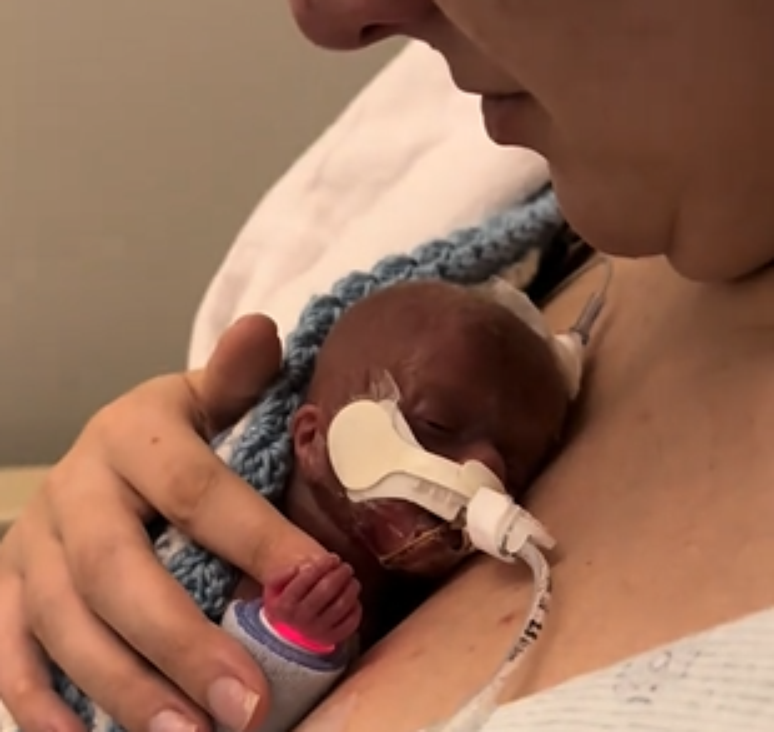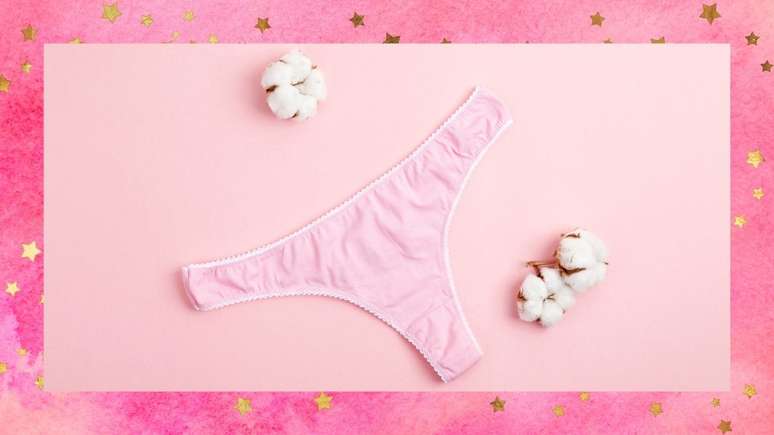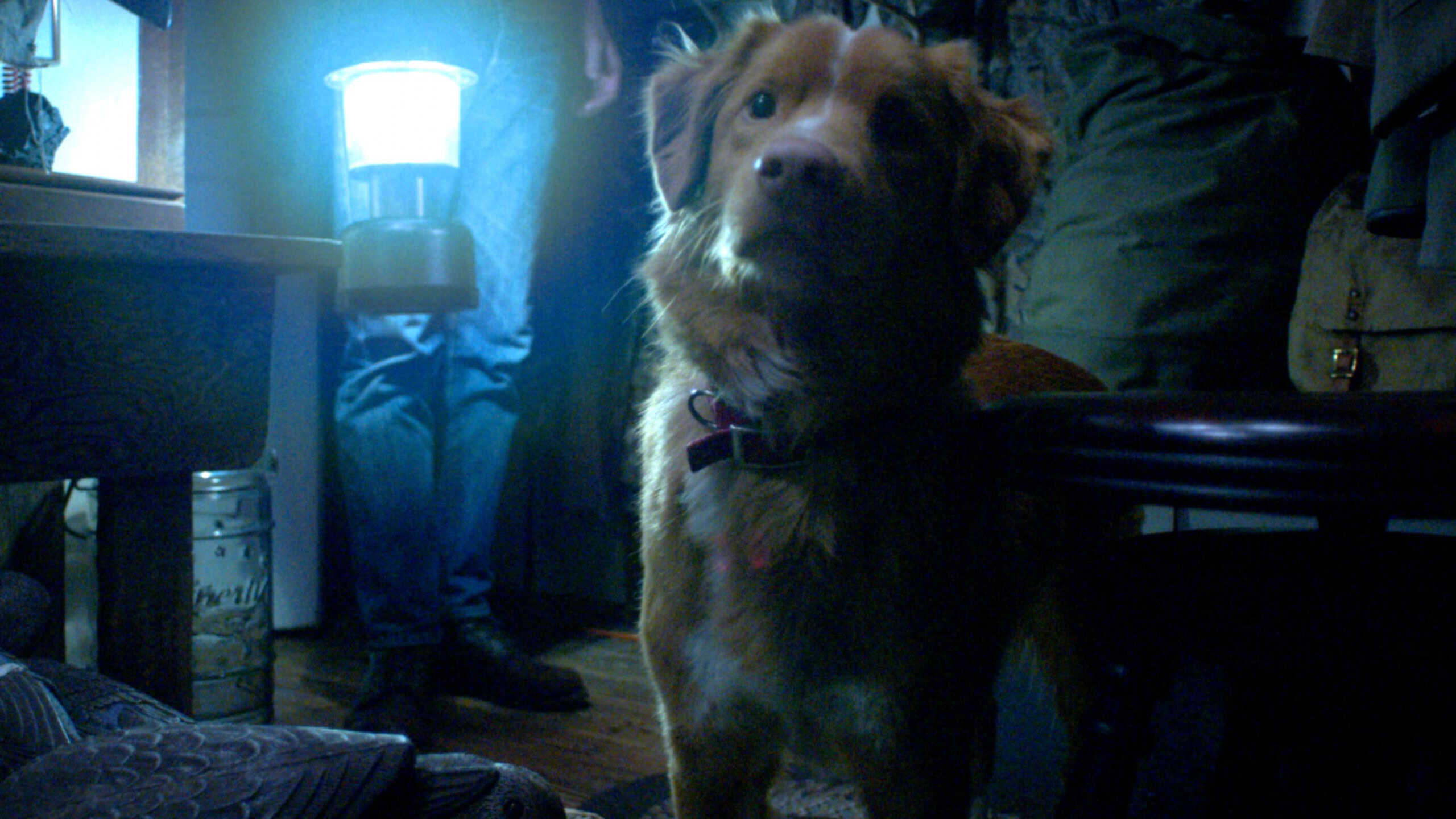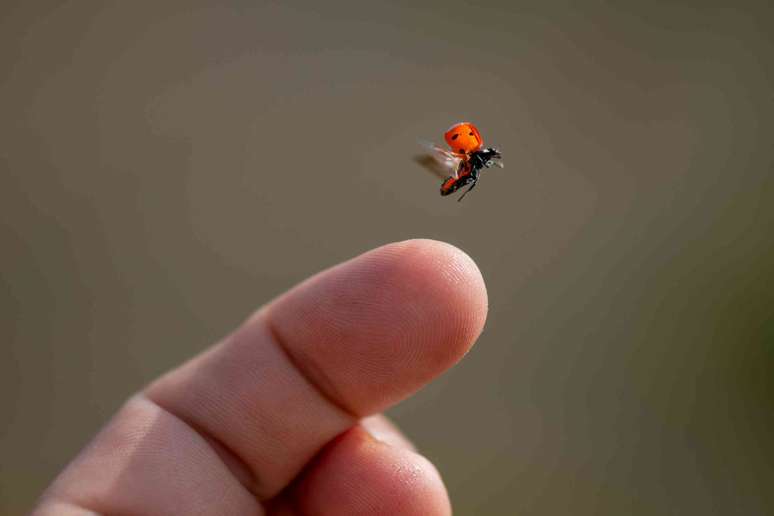The researchers tested the application of saline solution into the nostrils and observed positive results; Doctors highlight burning and discomfort caused by the liquid
The eyes take on a different shine, the mood decreases and the nose begins to run. The “film of Cold” is common for mothers and fathers of young children, who have few tools at their disposal to ease their children’s distress.
“There are medications to improve symptoms, such as acetaminophen and ibuprofen, but no treatments that can make a cold go away faster,” notes Steve Cunningham, a professor at University of Edinburgh. But he and his colleagues are trying to change that.
Cunningham’s group presented research at the annual congress of the European Respiratory Society (ERS) according to which the use of hypertonic saline solution, i.e. with a greater quantity of salt, can help reduce the duration of the common cold in children.
They evaluated 407 children aged 0 to 6 years. Of these, 301 had a cold during the study and were divided into two groups. In the first, with 151 children, parents were instructed to maintain the usual cold treatments.
In the second group, along with the other 150, the leaders were taught how to prepare a saline solution with 2.6% sodium chloride and were asked to apply three drops of the liquid into the nostrils of each child, at least four times a day until he calmed down. All right.
“We found that children who used salt water nasal drops had cold symptoms for an average of six days, while those with usual care had symptoms for eight days,” Cunningham says in a statement released by the ERS.
The researchers also noted that children using saline needed less medication and that there was a reduction in the transmission of colds to other family members (46% versus 61%).
According to the researcher, the sodium chloride present in the solution is used by the cells lining the nose and trachea to produce hypochlorous acid, which they use to defend themselves from virus infection. Sodium chloride “helps suppress viral replication, reducing the duration of the viral infection and, therefore, the duration of symptoms”, specifies the professor in the ERS note.
The scientists also noted a reduction in reports of wheezing — 5% among those who applied the drops to their noses and 19% in the control group — a phenomenon they plan to investigate in new studies.
Saline solution
Manoel de Nóbrega, president of the Department of Otolaryngology of the Society of Pediatrics of Sao Paulo (SPSP), explains that the use of saline solutions in the airways is nothing new.
THE SPSP recommendations booklet for doctorsfor example, it already features the use of Parsons’ solution – prepared with one teaspoon of salt and two teaspoons of sodium bicarbonate in a liter of boiled or filtered water – as a measure against childhood colds.
For him, the novelty of the research, in addition to reinforcing what has already been observed in clinical practice, is the necessary quantity of saline solution: just three drops in each nostril.
Consultant of the Brazilian Society of Infectious Diseases and specialist in pediatric infectious diseases at the National Institute of Women, Children and Adolescent Health Fernandes Figueira (IFF/Fiocruz), Márcio Nehab draws attention to the burning sensation that causes hypersaline solution in children.
“You (responsible for the child) You should always ask the child: ‘Do you feel better after using it? (the drops) or not? Does it burn too much? Does your nose hurt?’” he points out.
The two experts reiterate that colds, especially in children, are simple, recurrent and self-limiting. In other words, the little ones will experience discomfort several times a year, without major complications, and the symptoms will pass on their own, without the need for intervention.
“It is estimated that children have 10 to 12 colds a year, more or less one a month, and everyone suffers from them, which is how we build our defenses and acquire antibodies,” says Nóbrega. “Often parents want us to prescribe something just to feel like they’re helping their child, but the cold basically goes away on its own.”
Source: Terra
Ben Stock is a lifestyle journalist and author at Gossipify. He writes about topics such as health, wellness, travel, food and home decor. He provides practical advice and inspiration to improve well-being, keeps readers up to date with latest lifestyle news and trends, known for his engaging writing style, in-depth analysis and unique perspectives.









